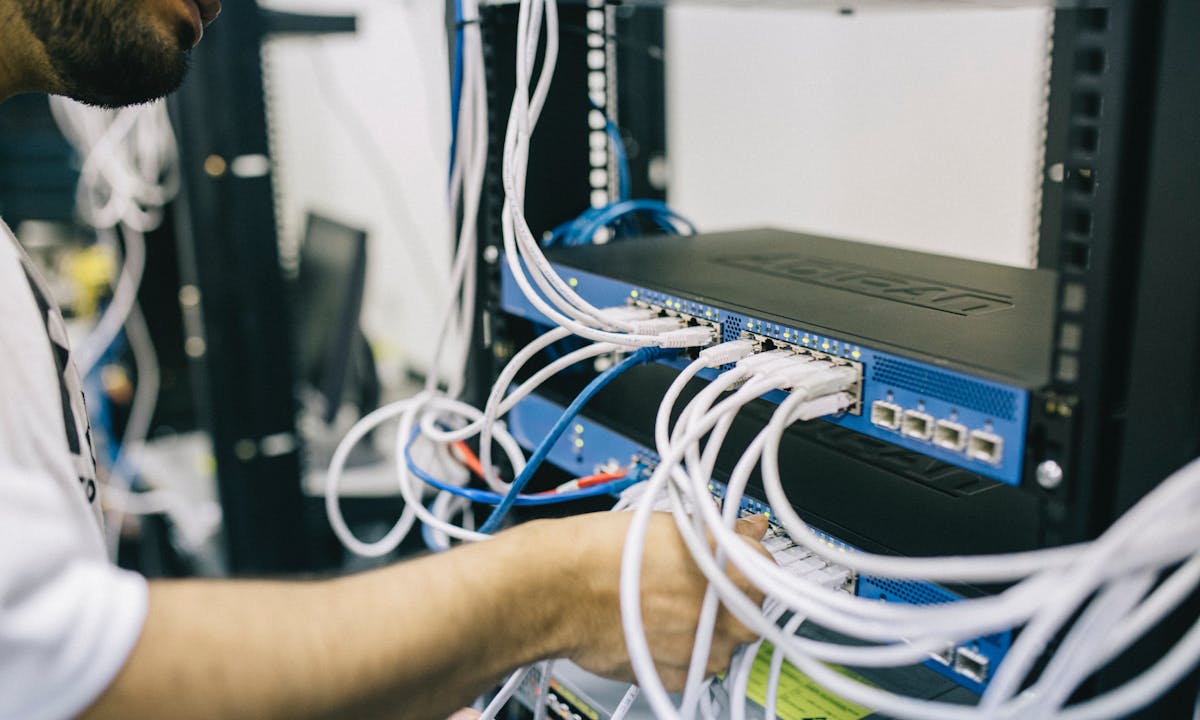
When is a cloud RPA deployment a better choice than on-premise RPA?
One of the most important decisions that arises in software robot development is whether to host your digital workforce in the cloud or on-premise.
November 19, 2021 – Robocorp
There’s no right or wrong answer, but it’s a strategic decision that can mean the difference between success and failure with your robotic process automation (RPA) initiatives. There are strong arguments to be made for both cloud and on-prem RPA deployments, and Robocorp offers both cloud and on-premise deployments of our Control Room Product.
And while your choice should always be informed by your specific goals, at Robocorp, we highlight the value that cloud automation can offer: the ability to launch and scale your automation, and the reduction in infrastructure costs. Today, we are shining light on two of the biggest hidden costs that arise when choosing an on-prem RPA deployment.
High on-prem costs prevent fast failure (and fast success)
However counter-intuitive, new ideas need to fail in order to succeed. Many of the most successful technology companies in the world didn’t find success on their first try. If you’ve seen Steve Jobs, you know just how many times Apple had to fail before finally hitting worldwide success with iMac. This fail-to-succeed strategy is so well-understood in software development that methodologies like Agile are now widely practiced by the industry.
But due to the high costs of traditional on-premise robotic process automation solutions, fail-fast development has not been an option for the majority of software robot developers. Wary of high costs, businesses are quick to pull the plug too early on RPA investments. And they miss out on promising, transformational automation opportunities as a result.
Hosting your robots on-premise comes with significant expenses. In addition to the larger initial capital investment needed for your hardware, you also need to consider the indirect costs of hardware maintenance, additional IT support, slower implementation, risk of data loss, and adherence to ever-changing compliance and regulatory standards.
With such steep costs, leaders expect to see a return on their investment. This puts unnecessary pressure on automation initiatives, and often leads to projects getting deprioritized or abandoned when they don’t show immediate success.
Cloud-based robots eliminate the high costs and fear of failure surrounding RPA. With cloud deployments, companies don’t incur any additional hardware costs, and security and compliance concerns are off-loaded to the cloud providers. Set-up and implementation is streamlined, allowing for shorter, more rapid development cycles.
The best RPA providers know that enabling Agile-like methodologies in software robot development with frictionless, affordable tools are critical to scalable success. Lower upstart costs and reduced implementation times provide software robot developers the opportunity to test more ideas and iterate faster. This dramatically increases the success rates for automation initiatives. With Robocorp, developers can start building and testing real RPA solutions free-of-charge.
Licensed, on-prem robots create lose-lose scenarios
With robots deployed on-premise, your ability to scale your automation solutions are limited by your hardware. So if you only have 10 Microsoft Windows licenses, you can only deploy 10 on-prem robots at a time. And your processing power is also limited to the maximum that those 10 robots can handle at once.
This linear approach to automation rarely fits in to the real-world needs of companies. Most businesses see a flurry of activity during the typical working hours of Monday to Friday, and relatively low activity on weekday evenings and weekends. Unsurprisingly, business process automation needs to mirror this pattern.
So while only a fraction of the on-prem robots’ total power will be utilized over the weekend, during peak times, automation needs can drastically outweigh the on-prem robots’ capabilities. This creates a lose-lose scenario. Companies are forced to either significantly overpay for expensive RPA licenses that go underutilized in off hours or risk creating critical bottlenecks by too few on-prem robots in peak hours.
With cloud-based RPA, software robots live in cloud containers and can run on any virtual machine. There are no hardware or OS limitations. And when coupled with a robust orchestration platform, cloud robots can dynamically scale up or down to meet the demands of the task at hand. This ensures mission-critical business process automations are always completed as quickly and efficiently as possible - regardless of how small or large they are.
Cloud RPA solutions like Robocorp take this a step further with a consumption-based pricing model that matches the efficiency of an auto-scaling cloud robot workforce. Unlike the industry standard—on-prem RPA vendors that charge hefty license fees per robot—Robocorp only charges for the actual robot minutes used.
When only paying for minutes used, ROI calculations are straightforward. This enables businesses to justify the automation of virtually every repeatable business process. Regardless of whether a process is short but frequent or resource-intensive but infrequent, businesses with cloud RPA providers like Robocorp can ensure that all of their automation initiatives are as affordable and efficient as possible.
Get started with Robocorp’s cloud RPA platform to see the benefits for yourself. We invite you to sign up for free.